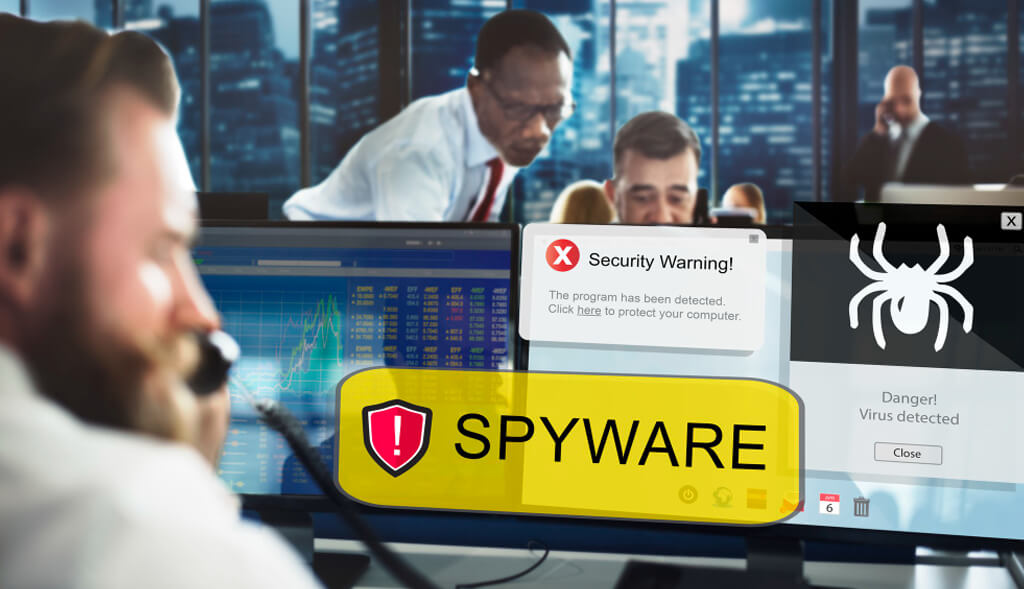Ransomware in 2025: How to Stay Protected
Ransomware in 2025: How to Stay Protected
Ransomware remains one of the most significant cyber threats in 2025, characterized by historically high attack volumes and the normalization of double and triple extortion schemes (encryption + data theft + public shaming). Attackers are increasingly using AI-driven phishing and exploiting known vulnerabilities in external-facing services like VPNs.
To stay protected, organizations must adopt a layered, proactive defense strategy focused on resilience and rapid recovery.
2025 Ransomware Trends & Tactics
The ransomware landscape is defined by the following major shifts:
- Elevated Attack Volume: Ransomware incidents continue at a record rate, with groups like Akira and Qilin dominating the threat landscape.
- Target Shift to Critical Infrastructure: Manufacturing, healthcare, and critical services are heavily targeted, with attacks on the manufacturing sector showing a significant surge. Small and medium-sized businesses (SMBs) are also prime targets due to perceived weaker security.
- Focus on Extortion over Encryption: Attackers are more often stealing data for leverage (double extortion) than solely encrypting files. In many cases, data exfiltration occurs even if the files aren’t encrypted.
- Initial Access Points: The top entry points for attacks are exploited vulnerabilities in unpatched software (especially external-facing services) and stolen credentials obtained through sophisticated phishing.
- Faster Dwell Time: Attackers are moving much faster after gaining initial access, deploying the ransomware payload in days rather than weeks, making rapid detection crucial.
- EDR Killers: Threat actors are using specialized tools to disable or tamper with Endpoint Detection and Response (EDR) solutions to evade detection before encryption.
Essential Protection Strategies for 2025
Effective defense against modern ransomware requires shifting from traditional perimeter defense to a Zero Trust mindset combined with robust resilience and recovery capabilities.
1. Zero Trust Access Control
- Enforce Phishing-Resistant Multi-Factor Authentication (MFA): Deploy MFA on all accounts, particularly for remote access (VPNs) and privileged users. Use app-based OTP or hardware keys (FIDO2).
- Principle of Least Privilege (PoLP): Grant users and applications only the permissions they absolutely need to perform their jobs. Separate administrator accounts from regular user accounts.
- Network Segmentation: Isolate critical systems (databases, financial servers, backup infrastructure) from the rest of the network using VLANs and firewalls.
#### 2. Proactive Vulnerability Management
- Aggressive Patching: Prioritize the immediate patching of all internet-facing services (VPNs, firewalls, web servers) and operating systems.
- Regular Scans: Conduct frequent vulnerability assessments and penetration testing to identify and close security gaps before attackers find them.
- Secure Remote Desktop Protocol (RDP): If RDP is used, restrict it to be accessible only via a VPN tunnel secured with MFA.
3. Ultimate Data Resilience
- The 3-2-1 Backup Rule: Maintain three copies of your data, on two different media types, with one copy stored off-site or air-gapped.
- Immutable and Air-Gapped Backups: Use solutions that offer immutable storage (cannot be altered or deleted) and an air-gapped (offline) copy as the final insurance.
- Test Recovery Routinely: Conduct full, regular tests to verify you can recover critical systems and data within your required recovery time objective (RTO).
4. Advanced Threat Detection & Response
- Invest in EDR/XDR: Implement Endpoint Detection and Response (EDR) or eXtended Detection and Response (XDR) solutions to detect anomalies (like mass file renaming) and automate isolation of infected devices.
- AI-Powered Email Security: Use advanced filters trained to detect AI-generated phishing attempts, which are increasingly difficult for users to spot.
- Security Awareness Training: Conduct mandatory, ongoing training that includes simulated phishing campaigns.
Incident Response Planning
- Clear Roles: Define who does what (IT, Legal, Communications, Leadership) during an attack.
- Isolation Protocol: Have a clear, practiced procedure for isolating infected systems immediately upon detection to prevent lateral spread.
- Run Tabletop Exercises: Regularly practice your IR plan under simulated attack conditions.
The goal is to shift your defense strategy from merely preventing attacks to building a resilient organization that can detect threats early and recover rapidly without succumbing to extortion demands.




